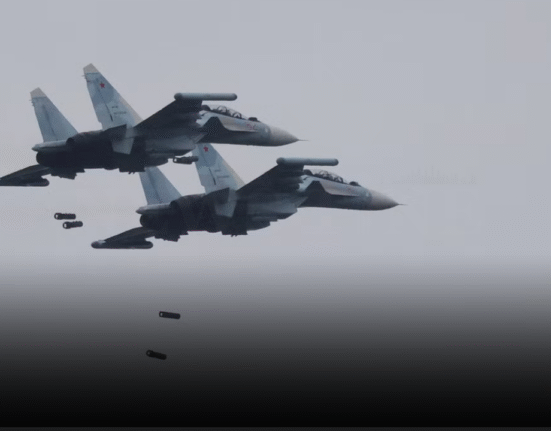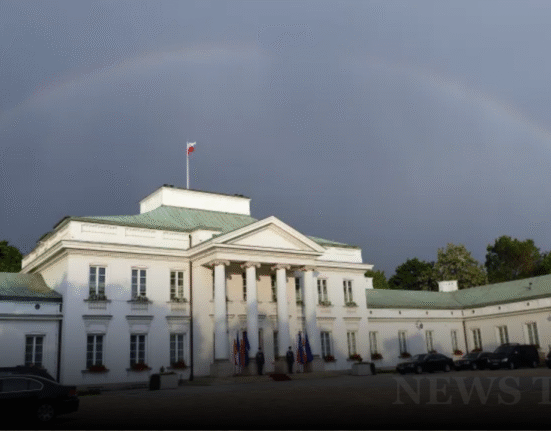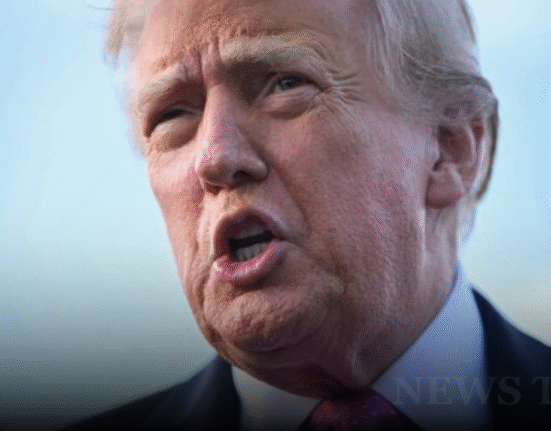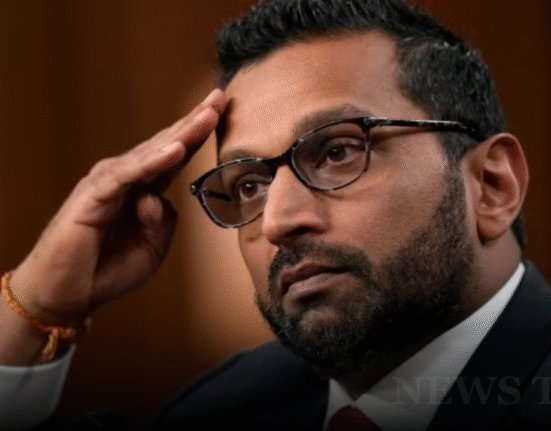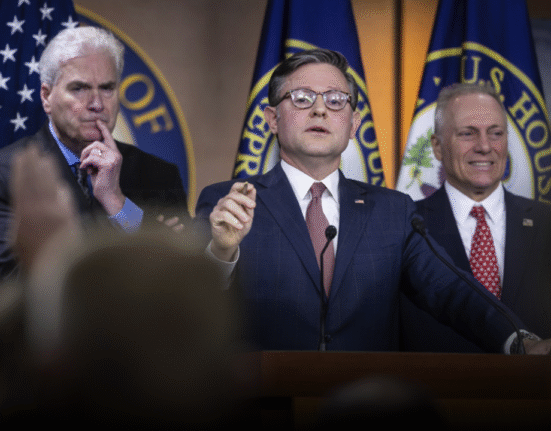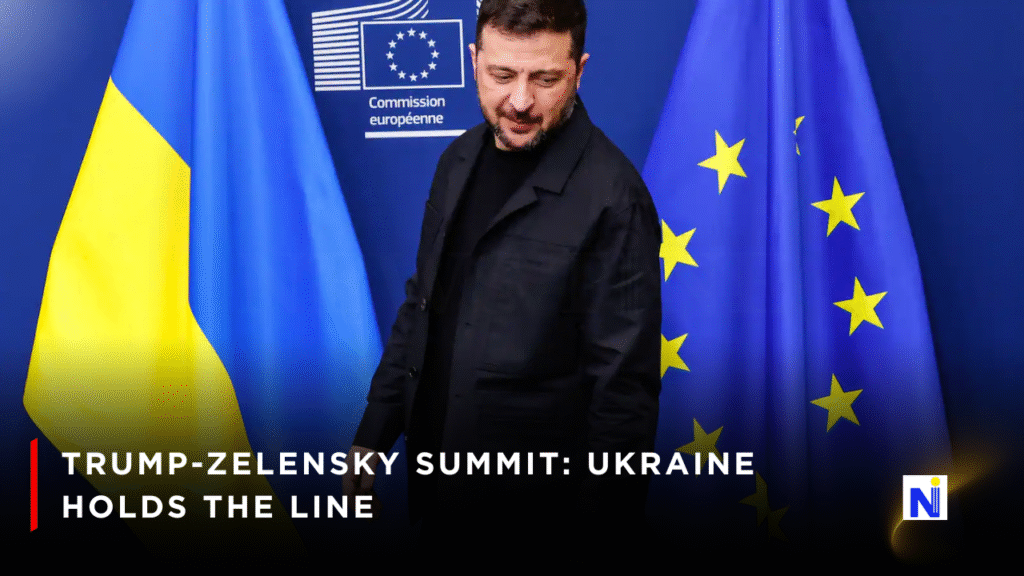
Ukraine Refuses to Back Down
In a tense atmosphere in Washington, President Volodymyr Zelenskyy made his stance unmistakable during the Trump-Zelensky summit: Ukraine will not give up land in exchange for peace. “Russia must end the war it started,” Zelensky said firmly, rejecting any suggestion of territorial concessions, even as President Donald Trump appeared open to accelerated negotiations with Moscow.
The talks came just after Russian forces launched missile and drone strikes on Kharkiv and Zaporizhzhia, killing civilians, including children. Zelensky called the timing “cynical,” accusing Moscow of trying to weaken Kyiv’s hand before the summit.
European Leaders Stand With Ukraine
European leaders showed up in Washington in force, adding weight to Zelensky’s position. UK Prime Minister Keir Starmer, French President Emmanuel Macron, German Chancellor Friedrich Merz, and Italian Prime Minister Giorgia Meloni all joined the discussions.
Their message was united: no peace agreement can come at the cost of Ukraine’s sovereignty. “This war cannot end with Ukraine forced to give up its territory,” Macron told reporters, adding that Europe is prepared to increase military and financial support if necessary.
Trump’s Shifting Position Raises Questions
Trump’s role in the summit was closely watched, particularly after his Alaska meeting with Vladimir Putin earlier this month. While he previously called for a ceasefire, Trump has recently emphasized the need for Ukraine to “end the war,” a phrase many in Kyiv interpret as pressure to accept unfavorable terms.
Still, Trump highlighted the importance of preventing further bloodshed. “The world cannot afford endless war,” he said, though he stopped short of detailing concrete security commitments. Critics worry his vagueness could embolden Moscow while leaving Ukraine vulnerable.
Security Guarantees Top the Agenda
At the heart of the summit was Ukraine’s demand for reliable, NATO-style security guarantees. Zelensky pushed for long-term defense commitments covering land, air, and sea, warning that without them, Russia could regroup and attack again.
European leaders backed this call, with Starmer even floating the possibility of British troop deployment as part of future security arrangements. But Trump did not commit to any formal guarantees, leaving uncertainty about U.S. engagement.
A Fragile Balance Between Peace and Pressure
The Trump-Zelensky summit underscored the fragile balance between seeking peace and safeguarding Ukraine’s future. Trump appeared eager for a quick diplomatic win, while Zelensky and his European allies stressed that peace built on concessions would be short-lived.
The recent Russian attacks made clear what’s at stake: the safety of civilians and the stability of Europe. As Zelensky put it, “A temporary peace without justice is only a pause before the next war.”
Key Takeaways Table
| Issue | Ukraine’s Position | Trump’s Position | Europe’s Position |
|---|---|---|---|
| Land concessions | Firmly opposed | Open to discussion | Opposed |
| Security guarantees | Demanded NATO-like | Vague, unspecified | Strongly supportive |
| Ceasefire approach | Conditional | Wants end to fighting | Ceasefire with protections |
| Civilian safety priority | Core concern | Acknowledged but secondary | Highlighted as central issue |
The Trump-Zelensky summit showed that Ukraine, backed by Europe, refuses to trade land for promises. But Trump’s softer tone on guarantees leaves questions about Washington’s long-term role. As Russia continues its brutal strikes, one thing is clear: for peace to endure, it must be built on justice and genuine security—not shortcuts.


